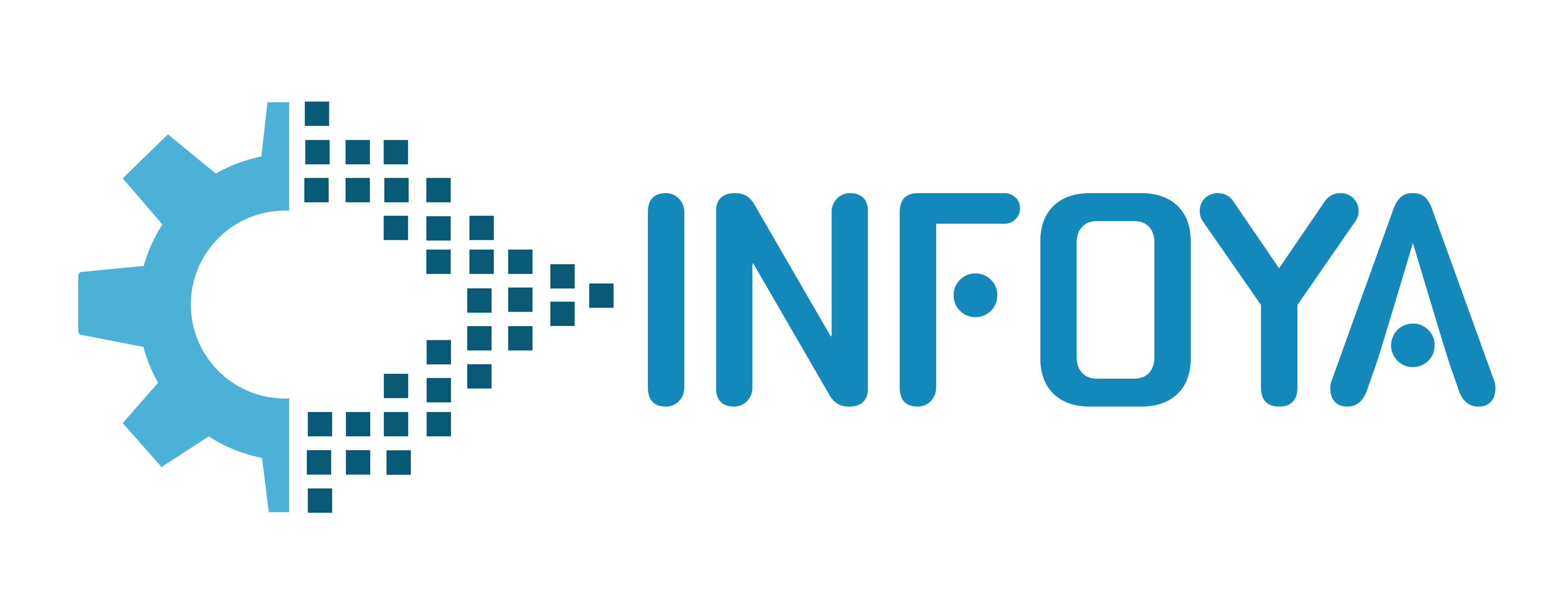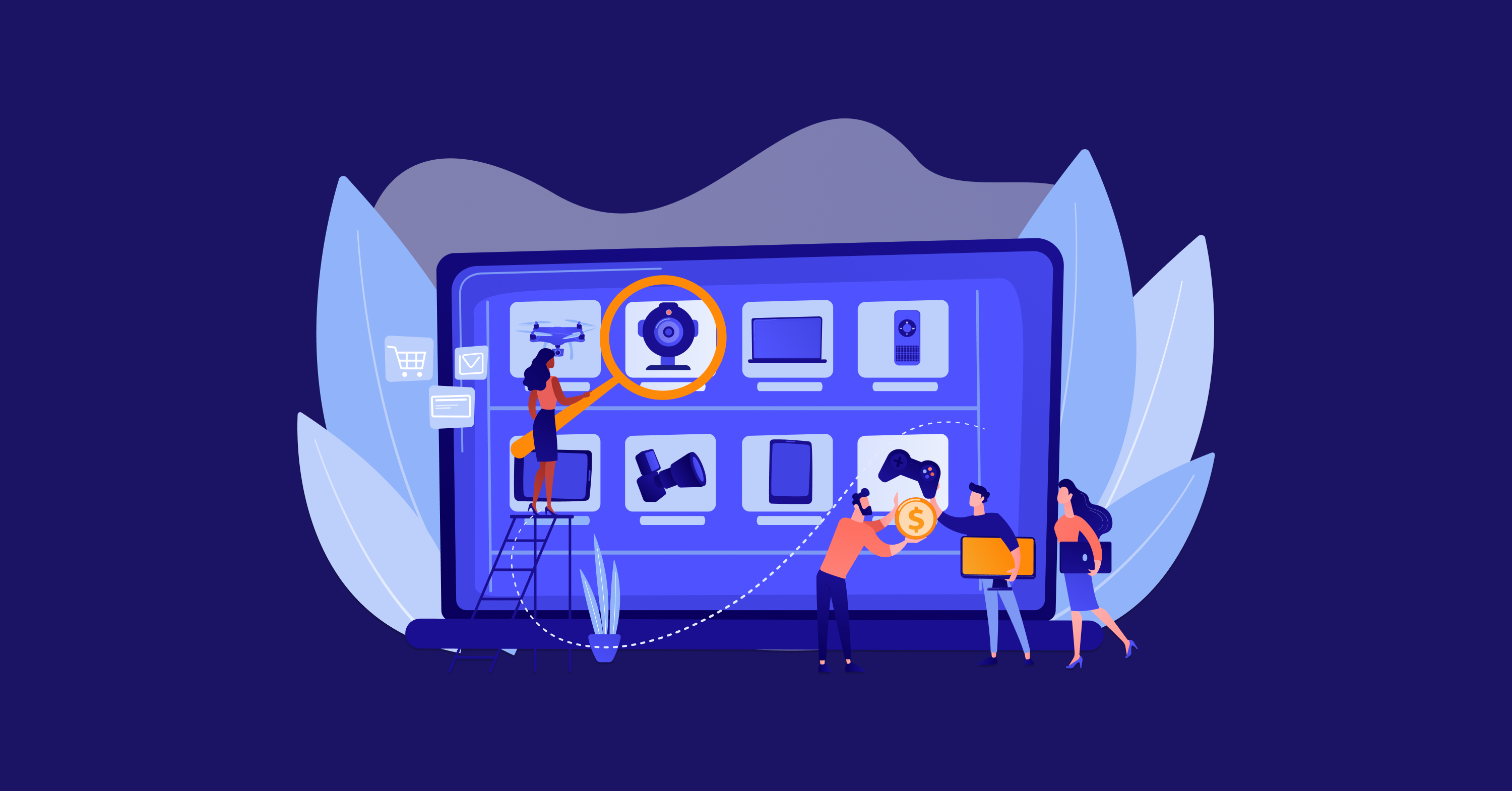The coronavirus pandemic has forced every single one of us to adapt to the new normal. The pandemic changed the way people work, live, and do business. As a result, there is a new normal in how organizations develop products, launch them in the market and sell to customers. This is why we are now hearing new terms such as frictionless D2C (direct-to-customer). Let’s take a look at what exactly D2C means.
What is meant by frictionless?
Frictionless is a marketing term for describing the smooth flow of information with minimal involvement of people or manual processes. To achieve this, organizations need to harness the power of technology to develop products and services that can be fully consumed with minimum involvement from customers. The customer needs to be able to acquire what they want at ease. Frictionless is all about providing value (product or service) that creates exponential impact by avoiding any extra effort required on the part of the customer’s side.
What is frictionless D2C?
You must have heard about B2B (business-to-business) or B2C (business-to-consumer), but have you heard about D2C (direct-to-customer)?
With Frictionless (D2C), the organization creates products and services that can be fully consumed by its customers without having them go through steep learning curves. The product or service is designed in a way that fits seamlessly into their lifestyle. There are plenty of startups offering products and services directly to consumers, which makes life easier for them.
Frictionless D2C is a direct alternative to traditional distribution models. It’s about taking the product or service directly from the organization to their customers, circumventing any third-party involvement. The main emphasis here is on the customer who purchases the solutions directly.
The importance of technology in D2C?
D2C is only possible with an efficient and well-coordinated technology platform. The main requirement is the existence of a single, unified platform to serve as a control room for multiple activities. This can be achieved by using cloud-based technology platforms such as Microsoft Azure. There should be a flexible system that would allow the business to scale up or down as per demand. It should also ensure that buyers can access products and services anywhere, anytime, from any device at their convenience.
What are the benefits of D2C?
Organizations opting for Frictionless D2C must focus on customer experience. The product or service that they provide should be easy to access, use and manage. With customers at the center stage, it is essential that organizations create an environment where buyers can transact easily with minimum friction so that their buying experience improves exponentially over time.
Companies like Dell, Alibaba, etc., who have already invested in establishing a D2C model, are reaping huge financial benefits by cutting down on middle-man costs and manufacturing products at low cost directly for their customers. In addition, they are offering personalized services, including simple payment options, which enables them to control margins well while ensuring high volumes.

